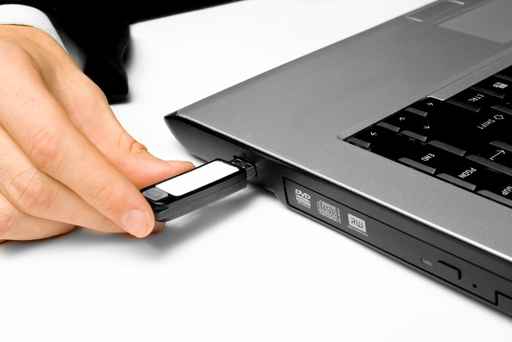
While flash drives can be a real godsend for storing and exchanging data, videos, photos and audio, eventually, they get a little messy. Dragging and dropping files onto the drive can create an organizational nightmare, one where it becomes difficult, if not impossible, to find the files you need when you need them.
Deleting the files will work well up to a point. But eventually, the drive will not be as efficient as it should be because little bits of data will still exist on the drive – remnants of your past activity.
Reformatting the drive is usually the best solution for restoring your drive to its full potential and here’s how to do it quickly and easily.
Before you do anything, back up the data onto another drive, just in case you left a critical file on it that you don’t have elsewhere. Better safe than forever sorry. A reformat permanently erases everything on the drive
Reformatting in Windows
Start by opening up “My Computer” or “Computer” in the “Start” menu and locate the drive that has the “removable disk” icon. Right click on the drive and select “Format”.
When you do, a dialog box will open up showing several options. You don’t need to fool with any off them unless you want to change the name of the volume. Leave the “quick format” option unchecked so the drive will reformat fully. Click the “Start” button and you’re good to go. The disk will be reformatted and everything will be wiped clean in just a minute or two.
Reformatting in Mac OSX
To reformat, open your “Disk Utility” program. It’s in the Utilities folder inside the Applications folder. The flash drive will show up as a white drive icon in the utility. Click on that icon and select “Erase” from the menu. If you want the drive to work well on a Windows machine as well as yours, choose the MS-DOS (Fat) option. Click the “Erase” button at the bottom and you’re all set.
Just remember that once you erase a drive, there’s no way to recover the data. And always be sure to double check that you’re about to reformat the flash drive and not another drive on your system. Nothing’s worse than reformatting the wrong drive and losing all that hard data.
